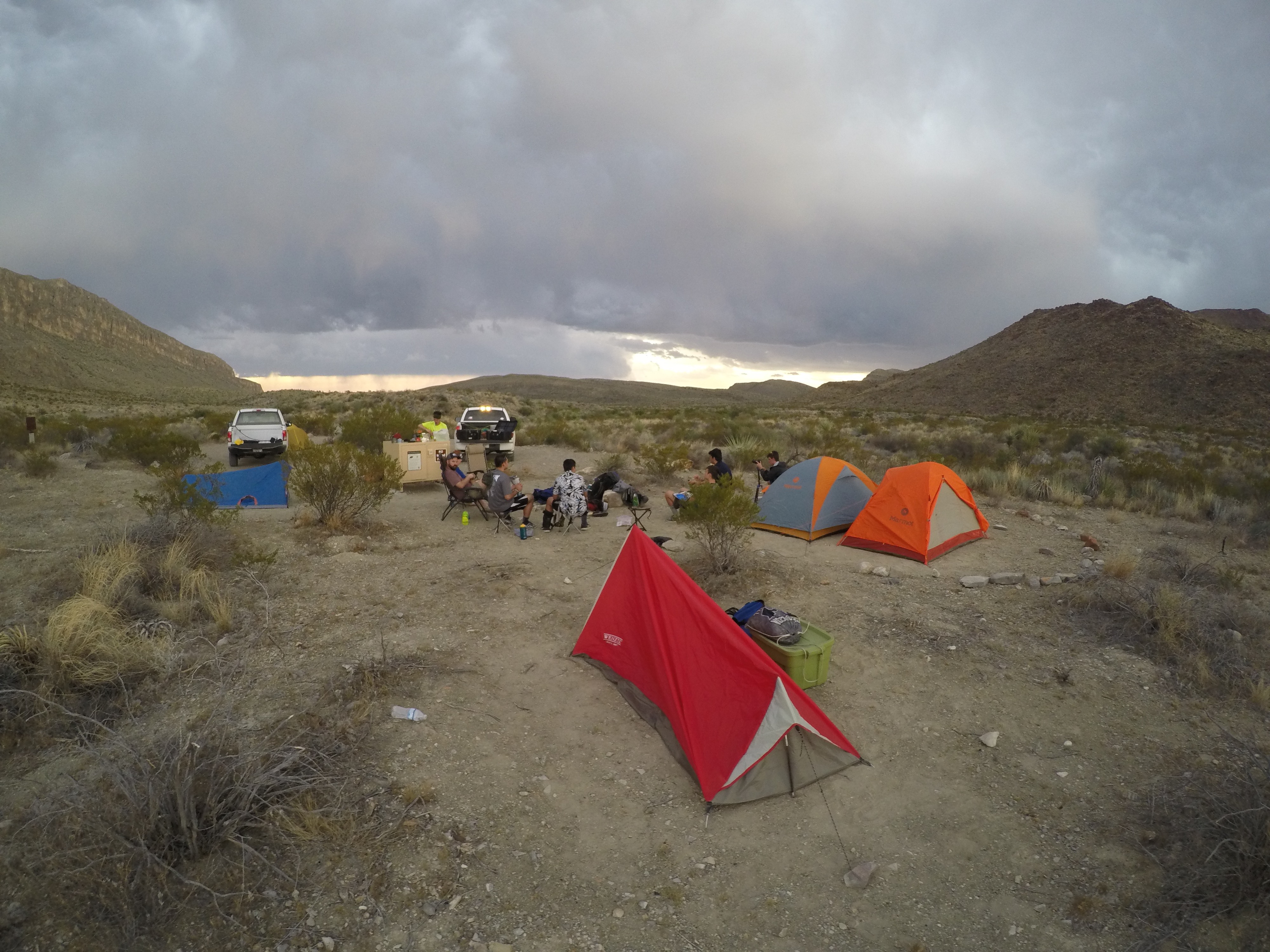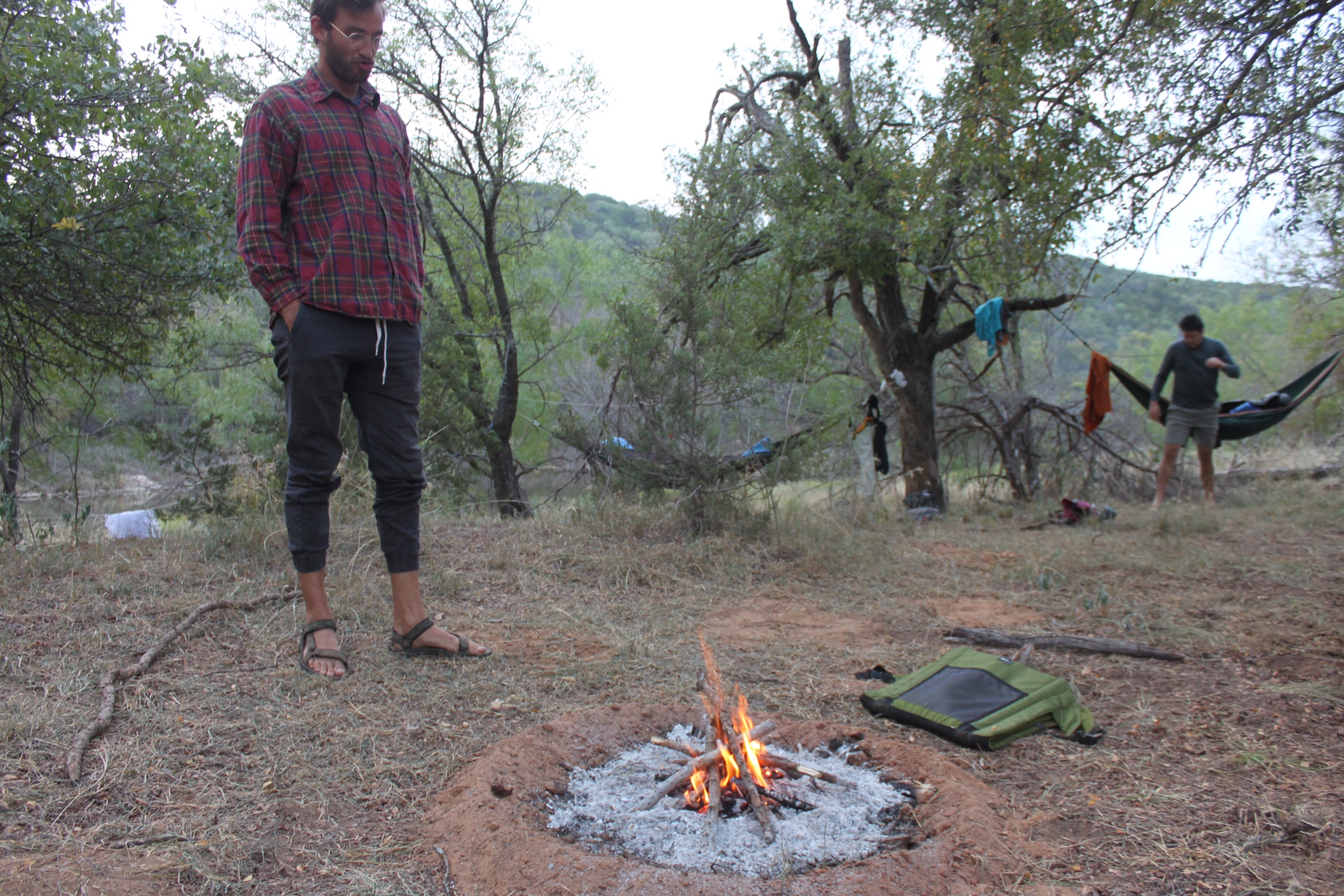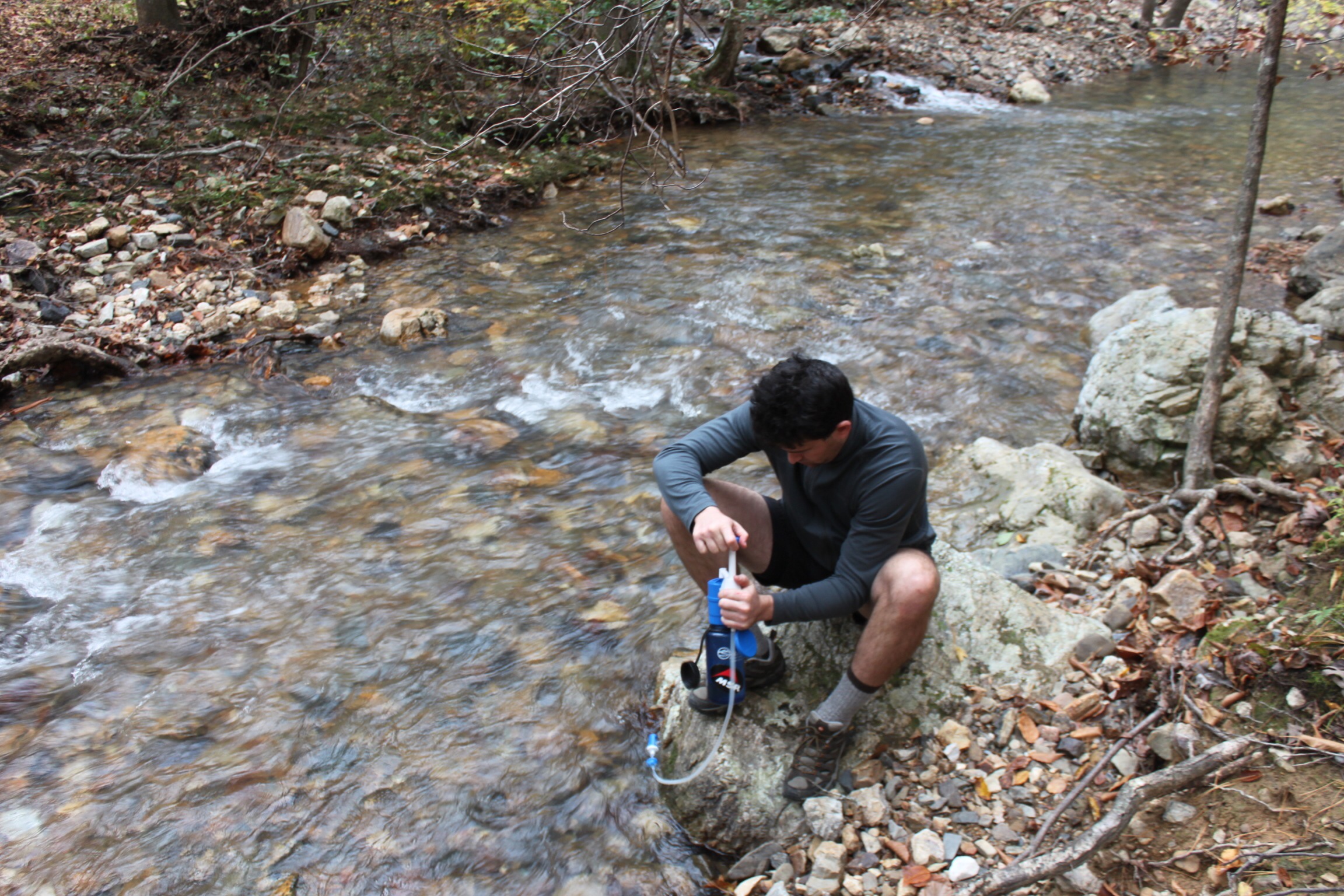How to Camp
How to prepare for a camp-out
- Know where you are going.
- Know what gear you’ll need.
- Know how to use your gear.
- Plan for food and water.
Where to camp
In Texas
County Parks
Pace Bend Park near Highland Lakes Camp where we have Freshman / Sophomore retreat is a great example.
State Parks
In the Austin area, we have Enchanted Rock, Lost Maples, Pedernales Falls, and Colorado Bend.
National Parks
Big Bend and Guadalupe Mountain are your choices in Texas. But, Arkansas, New Mexico, and Colorado are close and have some excellent options as well.
In Other States
Public Land
The Western states, like Colorado and Oregon, have lots of it.
What to do at your site

- Choose a site at least 200 ft from both the trail and water
- Set up your tent and kitchen
- Store food securely - watch out for raccoons and bears and remember trash is food to animals
- Enjoy the outdoors, consider your neighbors
- Leave the site in better shape than you found it - usually this means picking up trash that you find
- Seriously, pick up your trash
How to set up a tent
- Set up your tent at home if it is new to you.
- Find flat ground with limited vegetation and rocks. Clear debris if needed.
- Use a ground tarp or footprint to protect the tent bottom.
- Be gentle with tent poles. Don’t break them. Don’t tear the tent with them.
- Match the fly door with the tent body door.
- Stake out the tent if wind is a concern or if needed for structure.
Get even more info on setting up a tent here
How to use a camp stove
It just like a gas stove in a house except you light it with a match. Let’s practice!
How to build a campfire

Be safe.
Have water or dirt on hand to put out the fire if needed. Use a safe fire ring. Never leave the fire unattended.
Gather firewood.
You’ll need three types of wood: tinder, kindling, and fuel. Tinder is pine needles, paper, a fire-starter, shaved tree bark. It gets you from spark or match to fire. Kindling is small to medium sticks. There is not sharp distinction between kindling and fuel. Fuel is big sticks and logs. They burn long but require a hot fire to use.
Pile up your tinder in the middle of the fire ring.
Tender should have very high surface area and be very dry. We don’t need it to burn long, but it should light easily.
Build a tepee of kindling around the tinder, but leave a way to get fire to the tinder.
Use your smallest pieces of kindling to first. Build the first layer of kindling around the tinder so tht no time is wasted when beginning the transition from tender to harder woods.
Light the tinder and keep adding bigger and bigger kindling until your fire is ready for fuel.
The transition from tender to a longer burning wood takes time and care. Have plenty of larger kindling ready to add as the fire grows and has the heat to burn thicker pieces of wood.
Use the log cabin technique to add fuel to the fire without smothering it.
Once you have a solid fire sustained by a small bed of coals from burned kindling, you are ready to begin adding fuel. But, keep in mind the fuel is only effective if the fire can get plenty of oxygen as well.
Get even more info on building a camp fire here
Useful knots
Knowing a handful of knots for different tasks can prove very useful when resources are limited - like when camping.
Square Knot
Useful for joining to the ends of two similar cords. This knot is not to be used for life critical loads.
Bowline
This knot is used for creating a loop that will not slip or bind. It is a functional rescue knot that can be tied with one hand. But when not under load, the knot can be shaken loose.
2 half hitches / tautline
These knots are hitches, meaning they secure a line to an object. The 2-half-hitches is about the simplest hitch you can learn, and is multi-functional. The tautline is very similar, and is particularly useful in hitching with a resulting line that is taut - like a guy-wire.
Double Fishermans’ Bend
This is an excellent knot for attaching two ends of cord. It will not slip, but can bind under heavy load and be very difficult to untie.
Clove Hitch
A clove hitch is good for hitching when the knot must be tied under load - such as a bear bag. It is best when tied around rough surfaces; it can slip on a smooth surface.
Figure 8 Bend
This is a secure knot for connecting to cords that is easy ot untie. But, it is a bulky knot.
How to purify water

Micro filter
Come in a wide variety of sizes and forms including: straws, pumps, bottles, and bags. Do some reasearch and find the filter for you. Filters result in great tasting water that can be purified quickly with work or slowly allowing gravity to do the work. But, filter cartridges require replacing or cleaning on a regular basis.
Chemical tablets
Is an cheap and extremely light weight purification system. But, does not taste very good and can take a while to work in cold weather.
Filter and boil
Is a great back up option. First, draw clean running water or use a cloth or something to filter the water as best you can. This step is only for taste, it does not affect sanitation. Then, bring the water to a rolling boil for at least one minutes. Go three minutes at higher altitudes due to the reduced boiling point.
Get even more water purification info here
